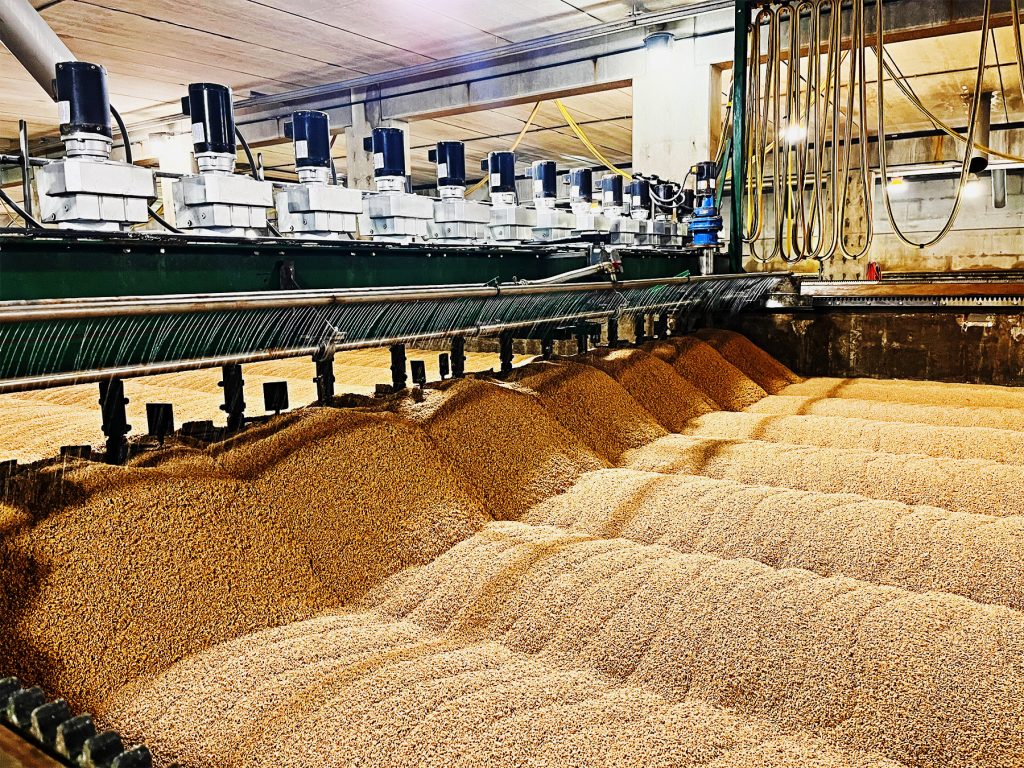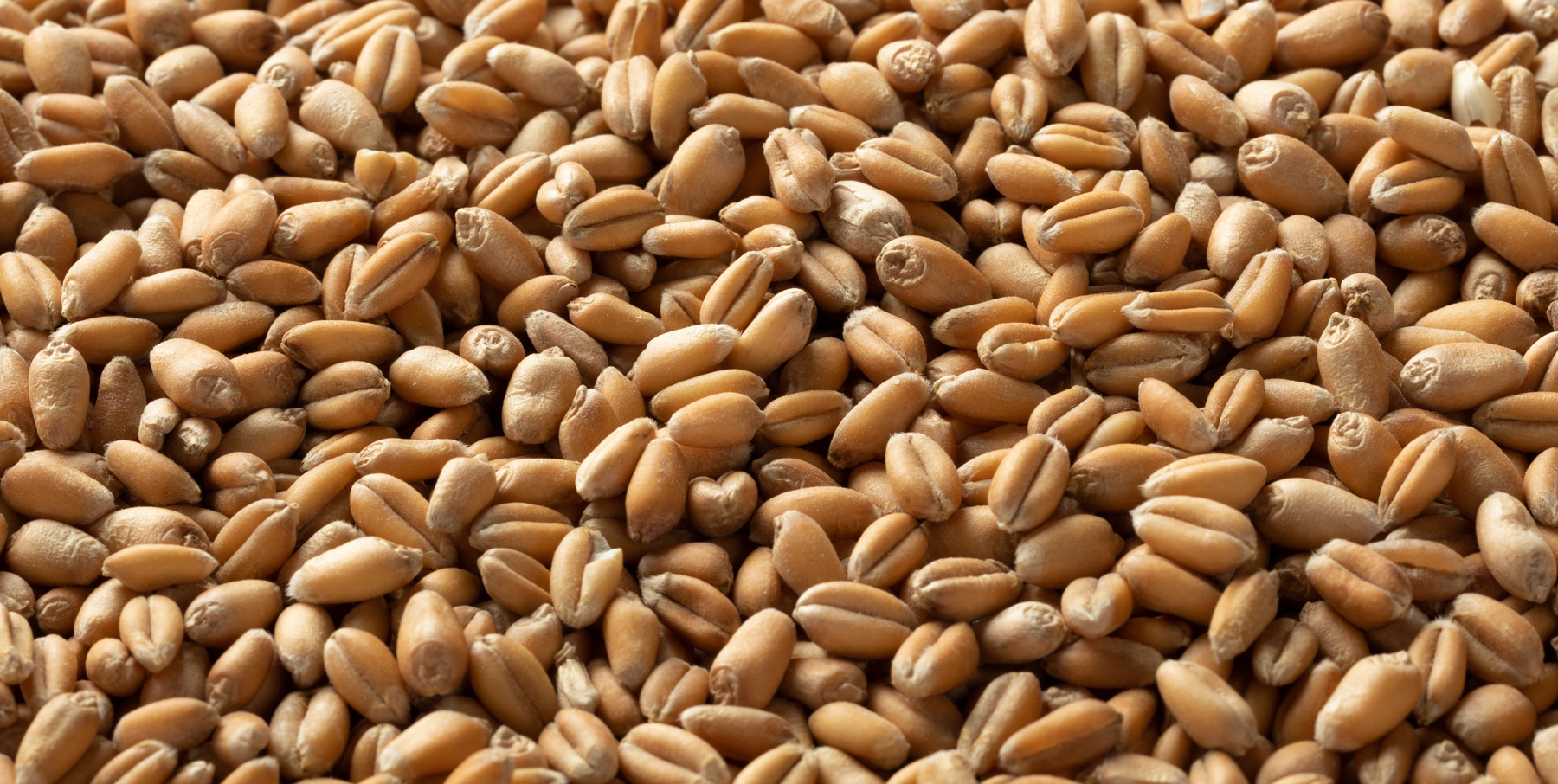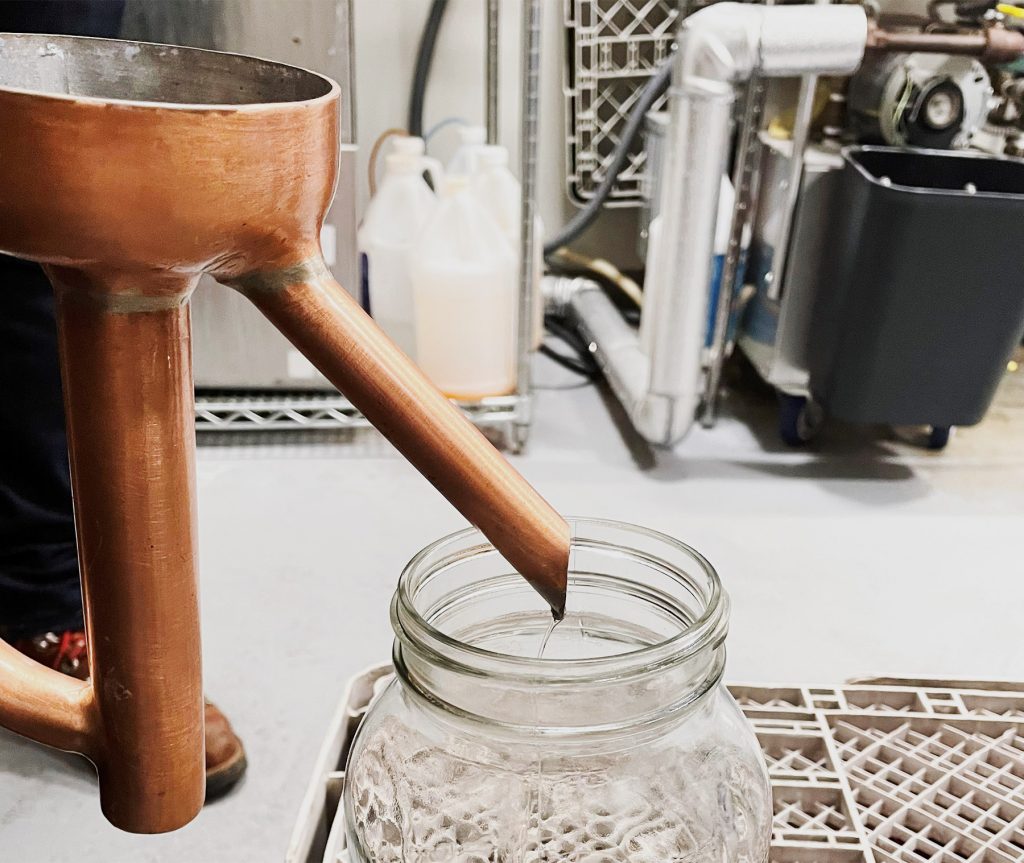
Last summer, I was lucky enough to attend a distilling class at Siebel Institute. Since then, I have been trying to soak up as much distillation knowledge as possible, but there is only so much you can get from books and online videos. I’m sure you are aware, home distilling is somewhat frowned upon by the authorities, so it’s difficult to get hands-on distilling experience. Fortunately, I have a resource – my good friend Dr. Brett Taubman, President of the Master Brewers Association of the Americas – District Carolinas, where I’ve gotten to know him in my role as Technical Chair. More importantly, Brett and his colleague Daniel Parker run the Fermentation Sciences program at Appalachian State University (ASU) in Boone, NC. Brett and Daniel also run a full beverage testing lab at ASU, complete with a wide range of tools, such as mass spectrometers and gas chromatography, to name a few. They also do a fair amount of brewing and distilling with their students. For small trial batches, they distill through a 100-liter Frilli pot still, and for larger projects, they utilize a 400-liter Deutsche column pot still.
If you’ve ever had a chance to talk with me at a conference, you’ll know that I’m an advocate for our MaltGems®. To produce MaltGems®, we mill our Synergy Select Pilsen Malt and run it through a process where the fine grit, flour, and water-binding husk are removed. You can read about MaltGems® here. Beers produced using MaltGems® seem to be a lot cleaner than those produced with conventional malts (with husks), and since my week in Chicago, I’ve been curious about distilling with them. It’s only logical – at least to me – that a distillate produced with MaltGems® would be cleaner, as well. Not only that, but distillers could also start off with a higher ABV wash to run through their stills. The husk is what retains a lot of water in the mash, so when you remove it, you’re able to use less mash water, allowing for more malt to be used in the mash, resulting in a higher gravity wash. When I mentioned my theory to Brett, he was happy to help. I then took two trips to Boone – one for brew day and one for distillation.
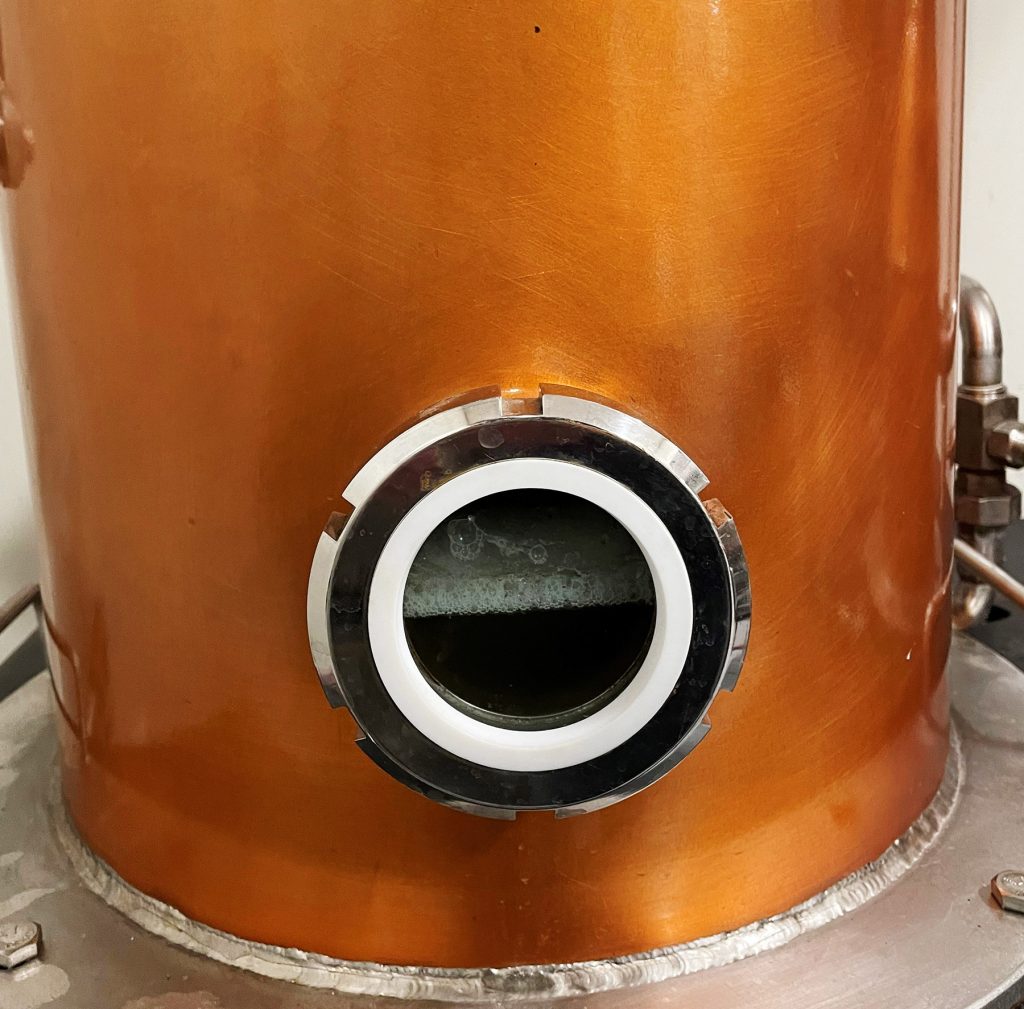
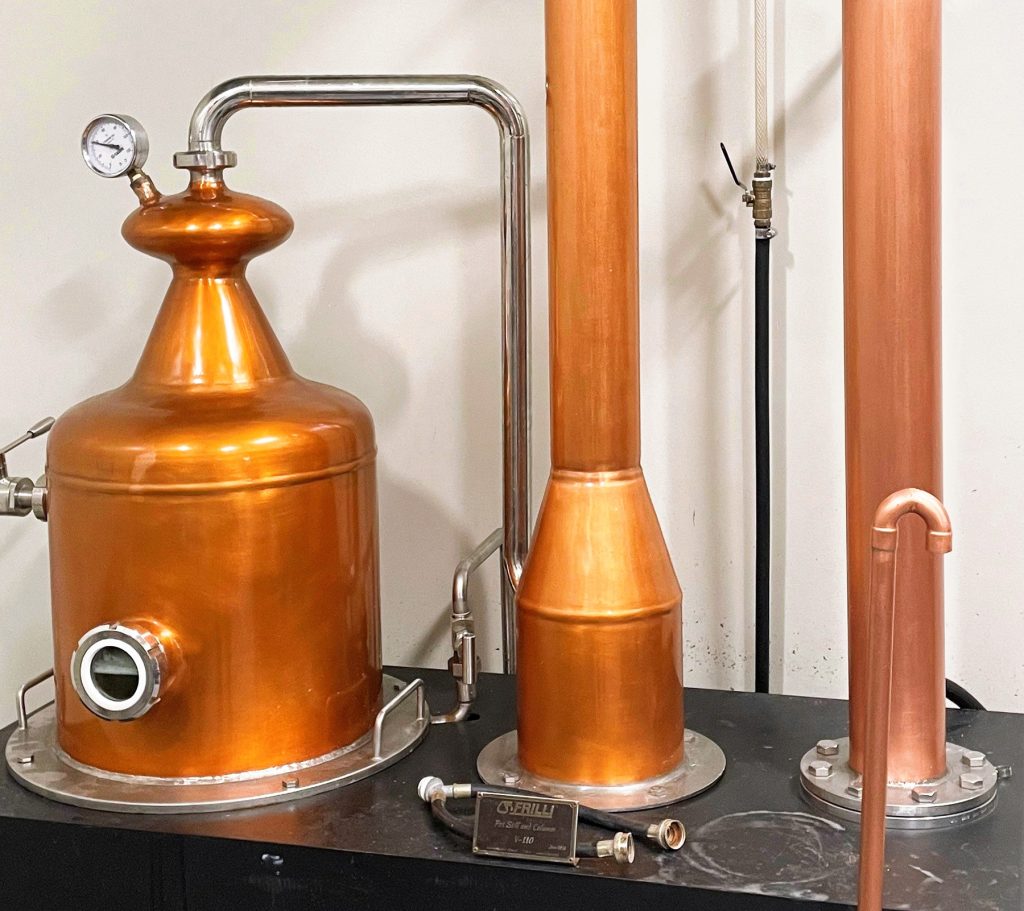
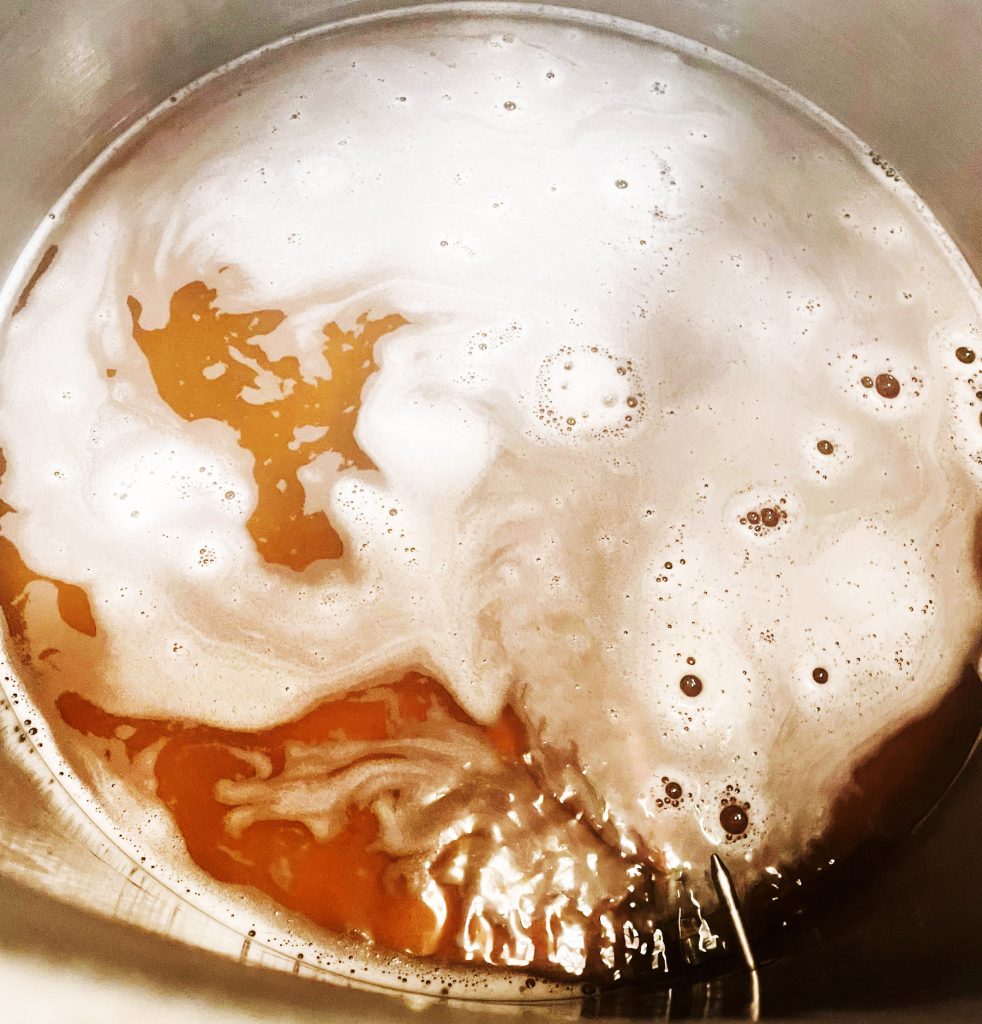
Brett, Daniel, and I decided to produce and distill three washes – one with conventional Synergy Select Pilsen Malt, a second with Synergy Select MaltGems®, and a third that was a higher-gravity wash from MaltGems®. The first two mashes used about 40 pounds of malt, whereas the higher-gravity MaltGems® mash used about 55 pounds of malt. The mash rest for all three batches was held at 150° F with a mash-out and sparge temperature of 170° F. The run-offs went very smooth and there were no lautering issues. Several students assisted with the brewing and one of them was, what I would call, a “skeptic”. But after seeing the lauter, even the “skeptic” was convinced. All three were fermented with a California Ale Yeast. For the first two fermentations, our starting gravity was about 1.060. For the higher gravity MaltGems®, starting gravity was about 1.080. The MaltGems® batches both fully attenuated and finished closer to 1.010, whereas the control batch went slower, overall, and never got below 1.020 final gravity.
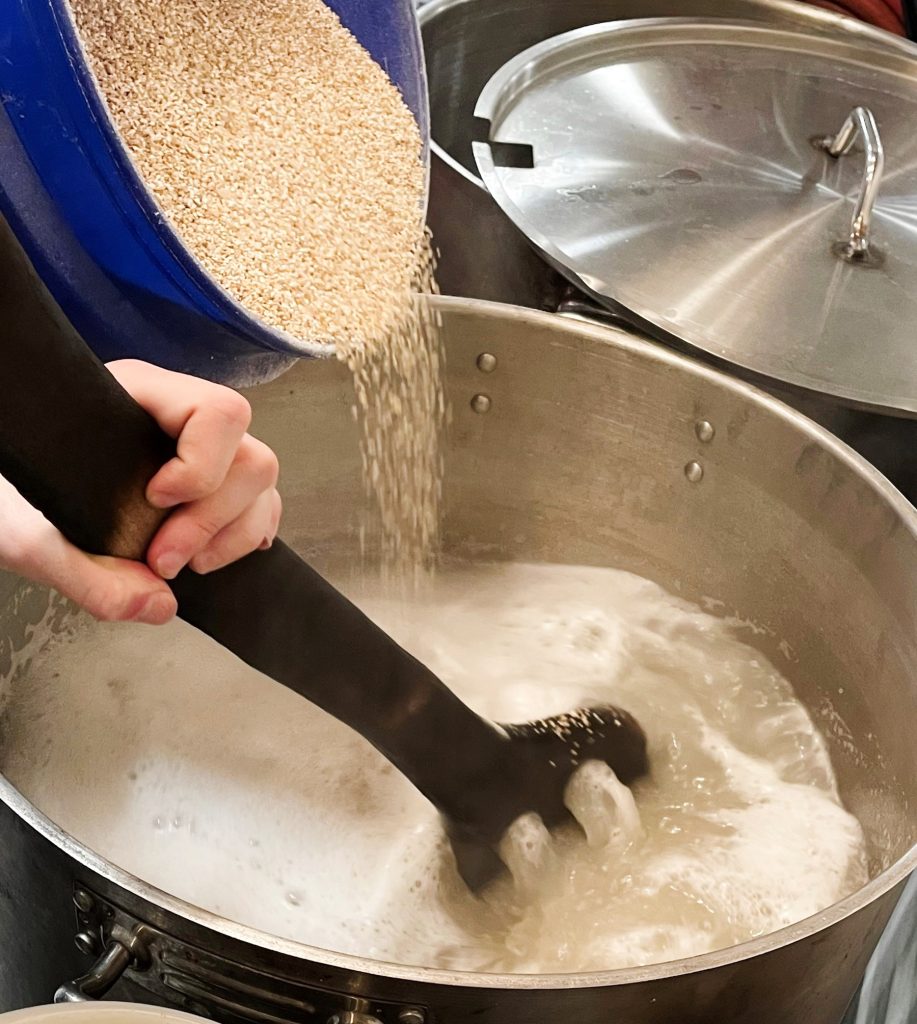
A few weeks after the brew day, I returned to ASU to do the distillation with Daniel and Brett. We did a single pass through the 100-liter Frilli pot still for all three washes. For the distillates, we cut the heads and then collected the rest of the distillate to try and prevent any differences in cutting fractions from influencing our perceptions of the final products. The heads cut represent about 10% of the distillate and contain many compounds that are not desirable (and sometimes dangerous), such as methanol and acetone. All products were then proofed down to 40% ABV.
The sensory difference between the MaltGems® products and the control was marked. It was clear that the control had more fusel alcohol than the MaltGems® batches. The aroma of the control was solventy and fruit, while the MaltGems® batches were clean and nutty, with a little bready malt character. The flavor was the same. The control was hot, solventy, and fruity whereas the MaltGems® products were smooth and clean with none of the hot, solventy, fruity fusel character. Overall, they were clean and pleasant distillates.
So, at least for sensory purposes – and granted it’s a very small sample size – my theory holds up. It would seem that MaltGems® produce a different, cleaner distillate than a conventional malt, with the potential for higher ABV washes, as well. To truly tell, we would need to have Brett and Dan run a fusel oil analysis in their lab which would quantify seven different common fuel oils (higher alcohols), so it seems we have a little more work to do. 😊
Learn more about the Brewing Courses available at Appalachian State University.

